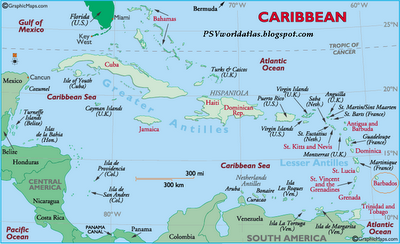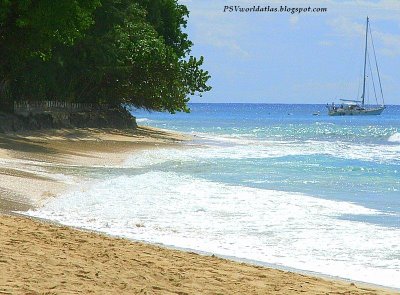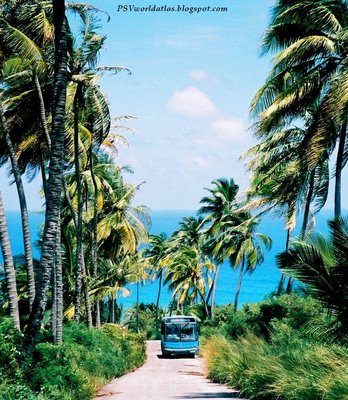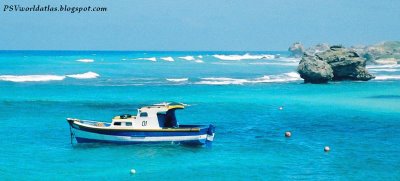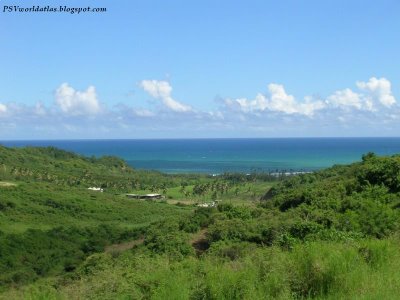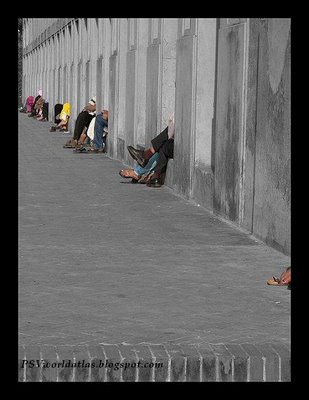



Background: After seven decades as a constituent republic of the USSR, Belarus attained its independence in 1991. It has retained closer political and economic ties to Russia than any of the other former Soviet republics. Belarus and Russia signed a treaty on a two-state union on 8 December 1999 envisioning greater political and economic integration. Although Belarus agreed to a framework to carry out the accord, serious implementation has yet to take place. Since his election in July 1995 as the country's first president, Alexander LUKASHENKO has steadily consolidated his power through authoritarian means. Government restrictions on freedom of speech and the press, peaceful assembly, and religion continue.
Capital: Minsk
Geography
Location: Eastern Europe, east of Poland
Area: total: 207,600 sq km, land: 207,600 sq km, water: 0 sq km
Land boundaries: total: 2,900 km, border countries: Latvia 141 km, Lithuania 502 km, Poland 407 km, Russia 959 km, Ukraine 891 km
Coastline: 0 km (landlocked)
Climate: cold winters, cool and moist summers; transitional between continental and maritime
Elevation extremes: lowest point: Nyoman River 90 m, highest point: Dzyarzhynskaya Hara 346 m
Natural resources: forests, peat deposits, small quantities of oil and natural gas, granite, dolomitic limestone, marl, chalk, sand, gravel, clay
People
Population: 10,300,483 (July 2005 est.)
Ethnic groups: Belarusian 81.2%, Russian 11.4%, Polish 3.9%, Ukrainian 2.4%, other 1.1% (1999 census)
Languages: Belarusian, Russian, other
